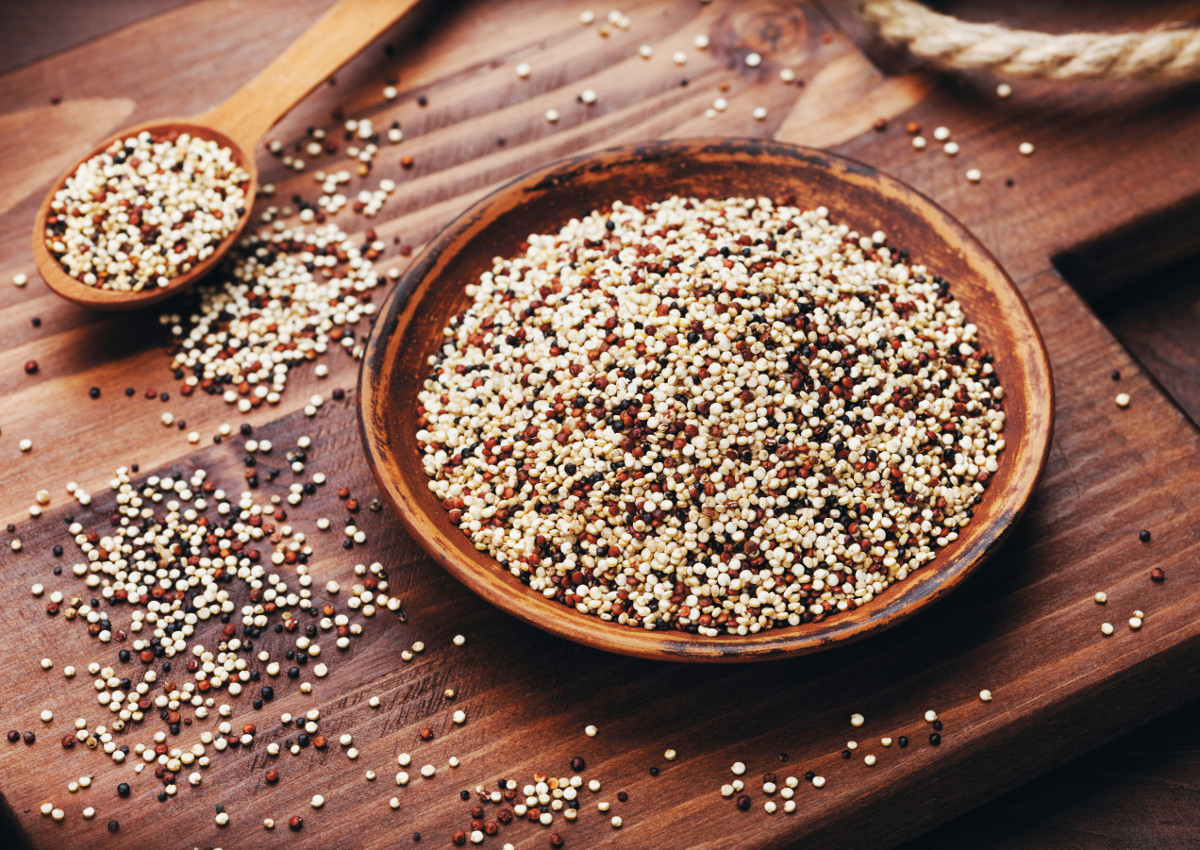Among the trends that pay particular attention to health and wellness, one that is starting to become popular is flexitarianism; it is predominantly based on superfood and plant-based food, but it overcomes the restrictions of a vegetarian or vegan diet. Its flexibility is not only in the choice not to totally give up meat and fish, but also to find a customized solution, based on the lifestyle the person leads. The rules are easy to follow and, alongside fresh, organic and territorial fruit and vegetables, whole grains, legumes and oilseeds are essential for a balanced and healthy diet without sacrifice.
SUPERFOOD BUSINESS
It is difficult to find the real business volumes triggered by superfoods, though it is certain that having one of these superfoods among the ingredients helps a lot to push the sell out of very different categories. There is no doubt that Italian companies have greatly expanded their portfolio of superfood products, pushing sales. Dried pulses and grains have shown an absolute penetration of over 60% with increasing frequency indexes (source: GfK), seeds sales of the last three years have risen by 47% in terms of value (source: Iri).

AN EDUCATIONAL PATH FOR CONSUMERS
What needs to be done in order to make sure that this isn’t just a passing megatrend, but can consolidate in the purchase deeds in the future? Beyond the name superfood, which requires a discipline that allows companies to structure appropriate offers and communication, Italian companies think it is necessary to start an educational path for the consumer to, on one hand, break down the barriers around the use of these products – which are sometimes perceived as not very tasty – and on the other hand to transfer the principles and nutritional properties of the products in a clear and simple way. Therefore, in order not to risk a descending parable typical of trends, the name “superfood” will have to maintain the charm that it expresses today, but it will also have to be filled with strong, rational contents.
TOO MUCH FAKE NEWS ABOUT GRAINS AND FLOUR
“Gluten is bad, free-from products are a better choice. White flour has a high glycemic index, it lacks nutrients and is even bleached. Not to mention imported grains, the quality of which is worse than its Italian equivalent”. These are some of the most common fake news about grains and flour, a phenomenon that might damage the milling industry. With the aim of providing correct and quality information, Italmopa (Italian Association of Industrial Millers) has created a flour guide. Thanks to the contribution of industry experts, the www.infofarine.it website provides information on the quality and safety of wheat, as well as on the processes through which it is transformed into flour. The website also features the products’ nutritional and health properties, as well as the environmental sustainability of the soft wheat flour sector.

